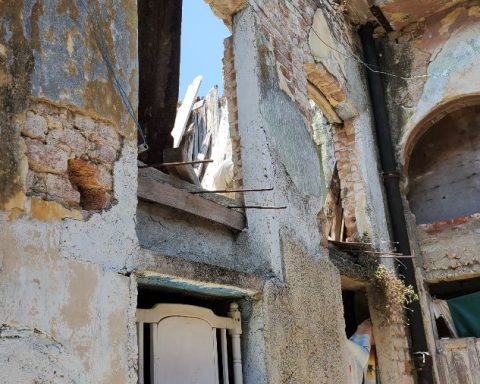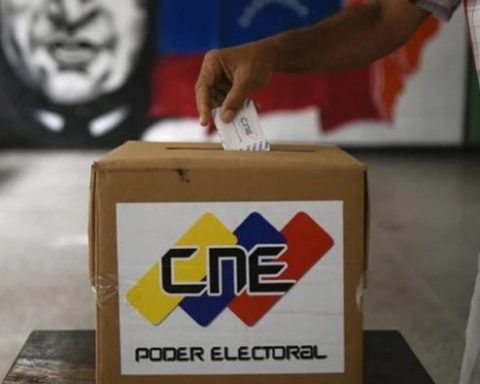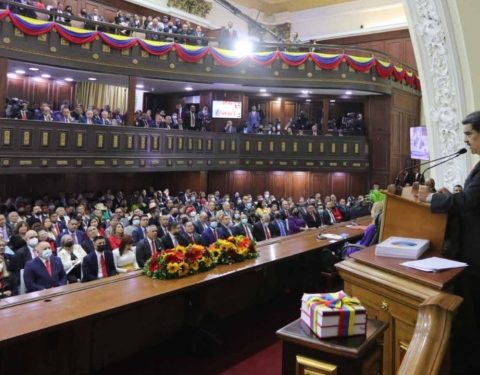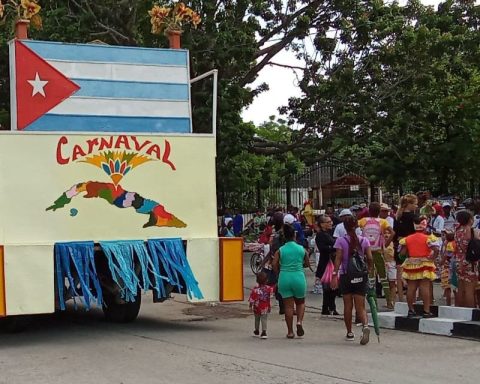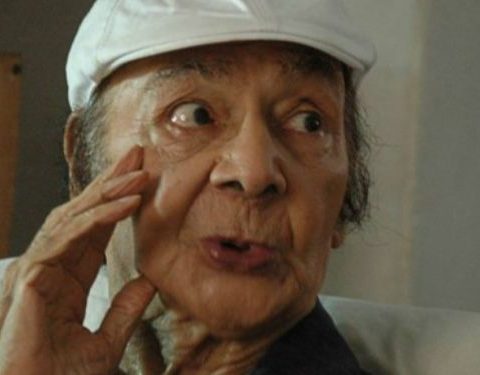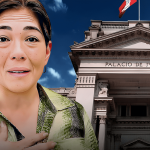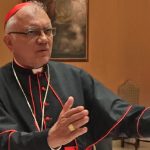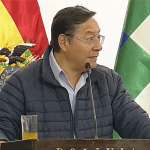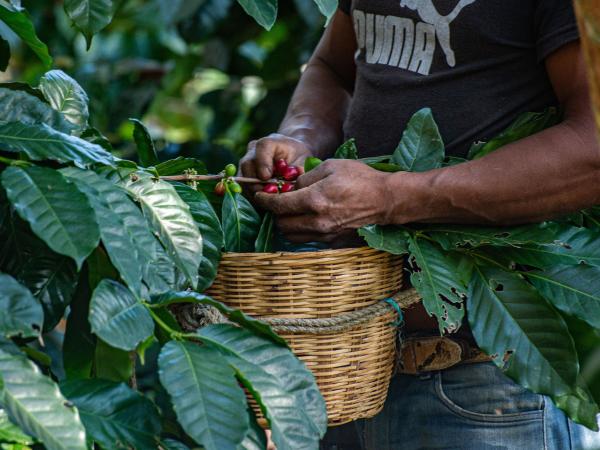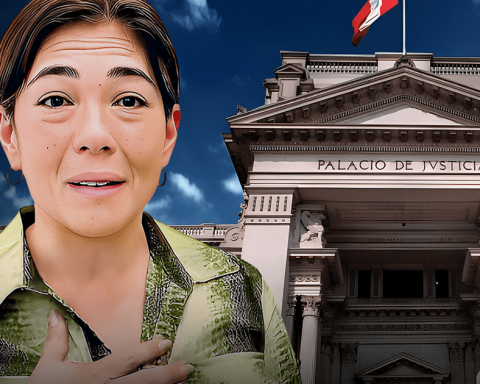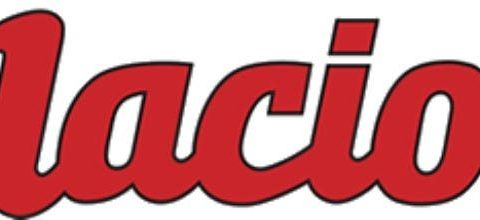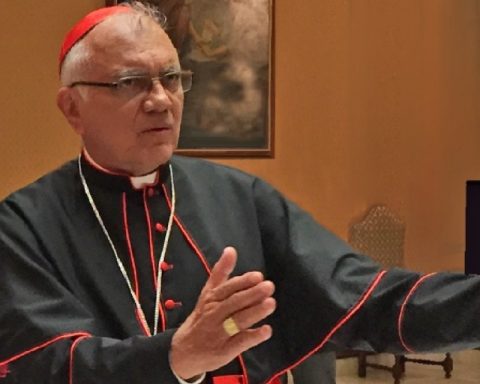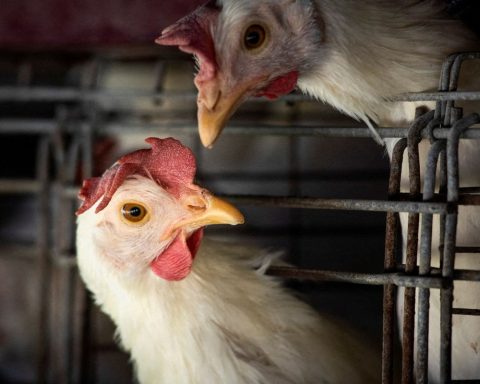MIAMI, United States. — The President of Cuba, Miguel Díaz-Canel, and Boris Titov[1]one of Vladimir Putin’s economic advisors, agreed to create a Center for Economic Transformation to prepare the transition from Cuban totalitarianism to a “market economy” inspired by the Russian oligarchic model.
The following lines are aimed at shedding light on the causes that throughout our history conditioned such a disastrous decision.
The concept
The term oligarchy designates a government where political power is exercised by a privileged minority, while that of mafia denotes a vertically structured group of people who control a given activity through illegal and criminal actions, act behind the scenes, prevent competition, use deceit, and exploit or extort other people. When the characteristics of the oligarchy and the mafia come together in a power group, they form a mafia state. Paraphrasing the Cuban political scientist, Juan Antonio Blanco, it is about an elite that has appropriated the key institutions and has placed them at its exclusive service.
Background
Among the historical precedents that led to the Cuban attempt to move from totalitarianism to oligarchism-mafioso are the use of violence to resolve social conflicts and political-administrative corruption. The most recent chapter of this combination of negative factors is in the gangster gangs that, arising from the fight against the dictatorship of Gerardo Machado, in the 1930s, proliferated during the authentic governments that took power between 1944 and 1952. .
These gangster bands, many of them linked to politics, between 1934 and 1944 participated in 16 attacks with 14 deaths and 10 wounded, and between 1944 and 1948 they staged 69 attacks with 59 dead and 53 wounded.[2]. The Revolutionary Insurrectionary Union headed by Emilio Tro, and the Revolutionary Socialist Movement led by Mario Salabarría, who were the protagonists of the massacre that occurred in September 1947 in the Orfila neighborhood, Marianao, where Emilio Tro was killed, stood out.
The experience of Cuban gangsterism, which had a strong presence at the University of Havana, influenced many of the students at the time, those who participated in those groups. In a personality like Fidel Castro, endowed with intelligence, persistence, voluntarism and a high ego, marked his behavior as a leader and ruler.
The second antecedent, political-administrative corruption, served as a banner for the leader of the Orthodox Party, Eduardo Chibás, who raised the slogan: Shame against Money! In his attacks on President Carlos Prío Socarrás. Chibás accused the Minister of Education, Aureliano Sánchez Arango, and unable to present the evidence for his accusation, a shot was fired in August 1951 which, by causing his death, altered the already troubled political life of Cuba and with it contributed to the coup d’état of 1952, which had two responses: negotiation and revolutionary violence.
The negotiation began with Cosme de la Torriente[3]. This, upon being elected president of the Society of Friends of the Republic[4]in November 1953, called on the government and the opposition to collaborate on a peaceful and democratic solution by restoring the 1940 Constitution, setting a date for holding new elections, and forming a government that would offer guarantees to all parties in contest.
Revolutionary violence, for its part, debuted in 1952 with the attempt of the Revolutionary Nationalist Movement, headed by Professor Rafael Barcenas, to take over the Columbia military camp. It continued in 1953 with the assault on the Moncada barracks; in 1956 with the so-called Conspiracy of the Puros, the assault on the Domingo Goicuria barracks in Matanzas, the uprising on November 30 in Santiago de Cuba and the landing of the Granma on December 2; in 1957 with the assault on the Presidential Palace and the attack on the Cienfuegos Naval Station, and the guerrilla war that took power by force of arms in 1959.
The seizure of power
On January 2 of that year, in his capacity as provisional president of Cuba, Manuel Urrutia LLeó appointed Fidel Castro Commander-in-Chief of the Armed Forces, who began to integrate a government with figures from civic and revolutionary movements. Among them José Miró Cardona in the position of Prime Minister, proposed by Fidel Castro himself who considered him “as a balm for the bourgeoisie”.[5].
The Constitution of 1940, whose full restitution had been promised, in February 1959 was replaced by the Fundamental Law of the Cuban State, with which the Prime Minister assumed the functions of the President of the Republic. A few days later, several ministers from the July 26 Movement proposed that Fidel occupy the premierate, for which he set as a condition: “to have direct control of general policy, without impairing the powers that, according to the Law Fundamentally, they belonged to the President of the Republic”[6]. In response, the Council of Ministers changed the wording of article 146 as follows: “It will correspond to the Prime Minister to direct the general policy of the Government, to dispatch administrative matters with the President of the Republic, and accompanied by the ministers, those of the respective departments[7]. By virtue of this change, the already head of the land, sea and air forces, became the political head of the government.
Free elections, which according to the Sierra Maestra Manifesto issued in March 1957, they were to be held within a year, they were first postponed until about fifteen months[8]then until political parties were fully developed and their programs clearly defined[9]and then by the time everyone could read and write[10]until May 1, 1960, when the slogan was launched: elections for what?[11]
The nationalization of property, which had begun with the First Agrarian Reform Law, gained strength, together with the dismantling of civil society: the foundation of citizen participation. As a consequence, the liberties and the concept of citizen disappeared, and in their place emerged a single party and the mass organizations subordinated to said party. In parallel, the export of the revolution began through guerrilla warfare, which, together with the expropriation of companies owned by US citizens, generated the conflict with the United States, which contributed to the turn of the revolution towards totalitarianism. This was crowned with the establishment of a monopoly on education and culture, while militarization led to the participation of the armed forces in the direction of certain sectors of the economy.
Since power did not emerge from the ballot box, but from weapons, he never held accountable for his actions. Four examples suffice to confirm this: the installation of Russian medium-range rockets in 1962, which brought the world to the brink of nuclear war; support for the invasion of Warsaw Pact troops in Czechoslovakia in 1968 to improve relations with the Soviet Union (due to the guerrillas’ exports, the latter had reduced oil shipments to Cuba); the transfer of large properties to the military holding company known as GAESA and, more recently, in 2022, support for Russia’s invasion of Ukraine.
Faced with the failure of totalitarianism
Despite the multimillion-dollar subsidy that Cuba received from the Soviet Union, absolute state control generated sustained setback. In 2016, when the journalist from The Atlantic MonthlyJeffrey Goldberg, asked Fidel Castro about the validity of the Cuban model, he laconically replied: “The Cuban model doesn’t even work for us.” The reflection of what happened offers no doubts: deterioration of the health system, decrease in production, inability to guarantee electricity, transport and housing crises, decrease in real wages, inflation becoming stagflation, popular protests, the country’s indebtedness and mass exodus.
Without the political will to rectify the totalitarian path, several opportunities in better conditions than the current ones were despised. The last, when the Barack Obama administration changed US policy towards Cuba.
Faced with the impossibility of continuing without changing, immersed and in a situation with no way out, events such as the visit of the Cuban Prime Minister to Vietnam, the conferences given by Vietnamese leaders at the School of State Cadres, and the call by Díaz-Canel to study Xi Jinping thought, indicate a flirtation with those non-democratic models, but at least capable of developing their countries and reducing poverty.
In this context, without success in the attempts for the Joe Biden administration to lift the embargo, remove Cuba from the list of countries that sponsor terrorism, and without the political will to undertake the deep structural reform that the Cuban reality requires, the elite government opted for the Russian oligarchism-mafioso; a variant of state capitalism, apt to preserve power, but not to save the Cuban nation.
The transition process includes a package of legislation –among them those of expropriation and communication, legal reforms– and the creation of the last 112 Mipymes, a group of establishments authorized to import and sell in the retail trade sector, which meshes with the Russification project: “market economy” without liberties. Thus, the holding –Grupo de Administración Empresarial, SA (GAESA), attached to the Ministry of the Revolutionary Armed Forces– as explained by the Cuban economist Emilio Morales, in just six years went “from controlling less than 23% of the Cuban economy at 70%, it took control of 95% of the country’s finances, it has appropriated 70% of the national wealth through non-auditable companies, and includes the financial company CIMEX – a private business group with Cuban state capital , which manages credit cards and other financial services–, more corporations like Gaviota, in charge of a hotel system”.
The risk
One of the greatest dangers of the chosen path, in addition to those already mentioned, is GAESA’s link with other States and non-State actors linked to organized crime and terrorism. Today Cuba supports the Russian aggression against Ukraine in the field of informational and diplomatic warfare, not because the aggressive policy of the United States has alienated it.
On February 7, the charge d’affaires of the Washington Embassy in Havana, Benjamin Ziff, told the AP Press Agency that in relations with Cuba it was difficult to return to the time of the Barack Obama administration. The following day, February 8, Cardinal Beniamino Stella, sent to Cuba by Pope Francis, in the Aula Magna of the University of Havana, expressed: “Freedom cannot be subordinated to any calculation of interests or circumstances or to wait to better times to propitiate it”. And before leaving the Island, he stated: “The Pope very much wants there to be a positive response to the Church’s requests for the release of the condemned demonstrators.” Benjamin Ziff’s statements and the Pope’s message coincide in the demand to release the prisoners for the 9/11 demonstrations. However, the Cuban government’s lack of will confirms its decision not to change, coinciding with the choice of the impassable Russian path, evidenced in the recent visits to Cuba by the Secretary General of the Russian Security Council, Nicolai Patruhev (on December 1). March), Putin’s right-hand man, and (three days later) on March 1 and (three days later) the Russian oligarch Igor Sechin, Executive Director of the Rosneft oil company.
Note: This article was originally published on Cuba 21st century

